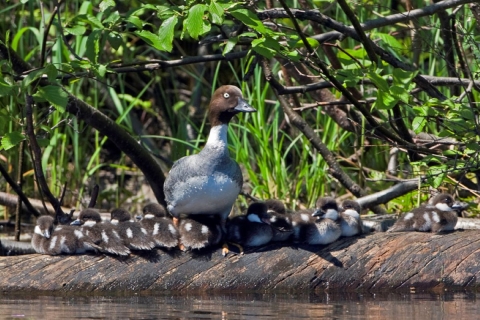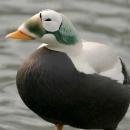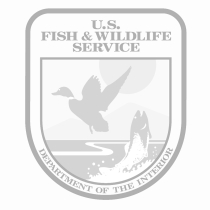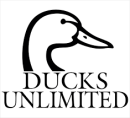Sea ducks are a large group of waterfowl that, relative to other waterfowl, we know little about. The Sea Duck Joint Venture (SDJV) was formed to learn more about sea ducks, make information available to stakeholders, and ensure sustainable populations over the long term.
About the Sea Duck Joint Venture
The vision of the SDJV is to maintain sustainable populations of North American sea ducks throughout their ranges. The SDJV promotes the conservation of North American sea ducks by:
- working with partners to generate and disseminate knowledge that will inform management decisions and sea duck conservation in North America, and
- increasing awareness of sea ducks within the conservation, industrial, and scientific communities
The Sea Duck Joint Venture is a conservation partnership established in 1999 as part of the North American Waterfowl Management Plan. The partners are the United States Fish and Wildlife Service, Canadian Wildlife Service, United States Geological Survey, Ducks Unlimited, Bird Studies Canada, National Audubon Society and Flyway Councils for all four North American Flyways.
About Sea Ducks
The 15 species of waterfowl known as sea ducks constitute more than a third of the duck species breeding in North America, yet they are the most poorly understood group of waterfowl. Basic natural history information is lacking for some species, and there are few reliable population indices or estimates of annual survival for most of the species.
Accurate information on sea duck numbers and trends is lacking for most species, but some populations are in trouble. The eastern population of harlequin ducks was listed as endangered in Canada, and spectacled eiders and the Alaskan breeding population of Steller’s eiders were listed as threatened in the U.S. The SDJV is testing survey methodologies to improve our understanding of sea duck status and trends.
Satellite telemetry has proven to be a valuable tool for studying sea ducks. For example, the Atlantic and Great Lakes Sea Duck Migration Studyis providing valuable information on migratory patterns, breeding areas, and key staging sites for scoters and long-tailed ducks.
To learn more about the Sea Duck Joint Venture visit our website.


















